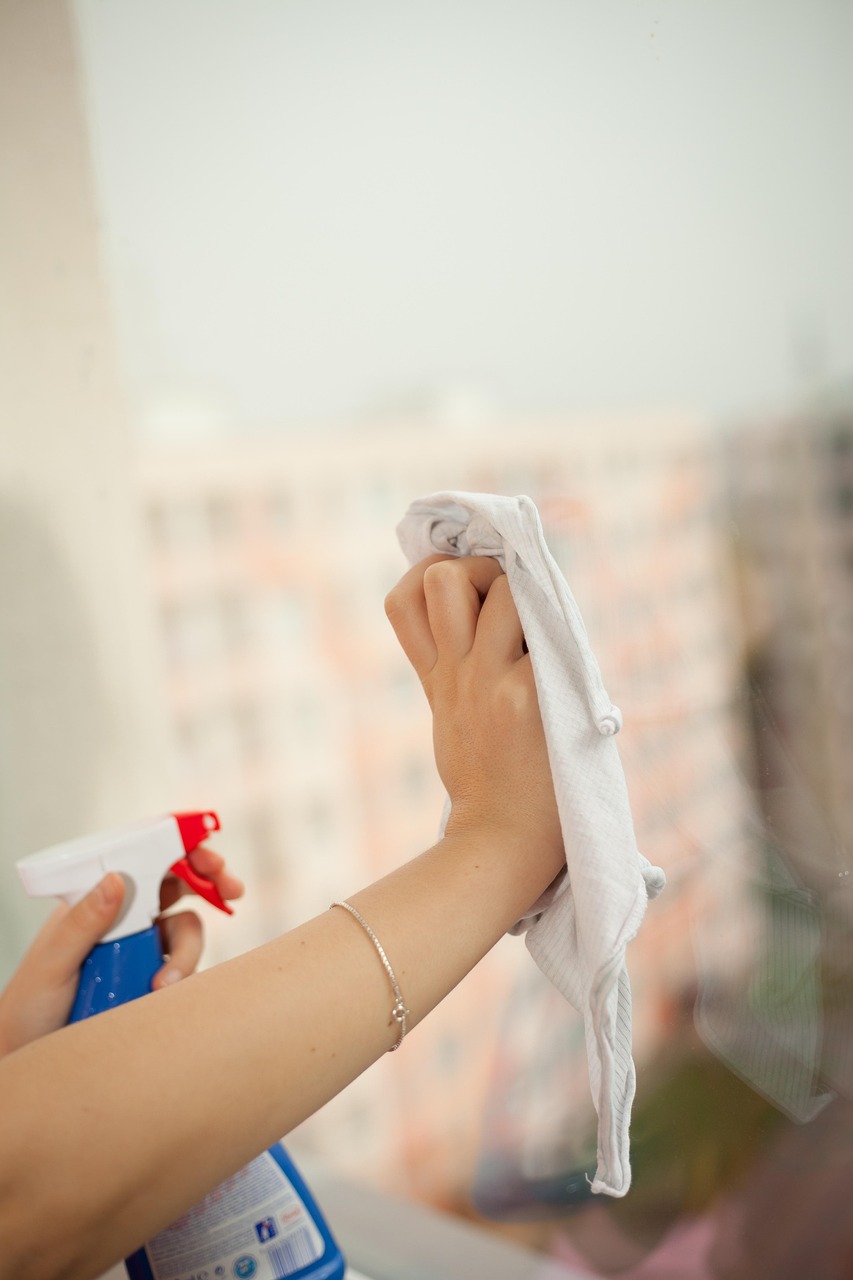One of the most shocking parts of our journey toward a simpler life was looking at our bank statement and wondering where all the money went. It felt like we were being nibbled to death by a thousand tiny purchases.
The truth is, modern life sells us convenience at a huge markup. Reclaiming your income (and your self-reliance) starts with one simple question: “Do I really need to buy that?”
By cutting out certain items, we not only saved thousands of dollars a year (that we can now put into our nursery business), but we also became healthier, more creative, and more resourceful.

Here are 20 things we kicked to the curb:
- Paper towels, tissues, and sponges. We replaced them with a basket of reusable cloth rags, soft cotton handkerchiefs, and reusable/washable sponges. I even use a cuban-style stick mop with rag towels to wash the floor. This is my favorite way to mop, because it doesn’t leave streaks.
- Store-bought bread. Homemade sourdough and sandwich bread is delicious! For me, it’s a necessity, because I have celiac disease, and a loaf of just plain old sandwich bread costs $7 at the store.
- Bottled water. We use a simple water filter on our tap and fill reusable stainless steel or glass bottles. The savings are massive for your wallet and the planet. I also personally hate the plastic-y taste of bottled water, and I’m sure if I can taste it, it’s not that great for our bodies.
- Salad dressing. A bottle of quality vinaigrette can be $6! We now make our own in a jar with olive oil, vinegar, mustard, and herbs in about 30 seconds. Stick blenders are fabulous for creating salad dressings.
- Coffee shop coffee. That $5 latte habit adds up. We invested in a good French press and quality beans, and now our morning coffee is a frugal luxury. I actually also have a good old-fashioned Melitta pour-over carafe, which has become our new favorite go-to when it comes to making coffee.
- All-purpose cleaning sprays. A spray bottle filled with a 50/50 mix of white vinegar and water cleans about 90% of our home’s surfaces.
- Fabric softener and dryer sheets. A splash of white vinegar in the washing machine’s rinse cycle and a few wool dryer balls are all you need for soft, static-free laundry.
- Disposable sandwich bags. We switched to reusable beeswax wraps and glass containers for packing lunches and storing leftovers.
- Chicken or vegetable broth. We save all our vegetable scraps (onion peels, carrot ends, celery tops) and chicken bones in a bag in the freezer. When it’s full, we make a huge pot of nutritious, free broth.
- Greeting cards. A heartfelt, handwritten note on simple stationery means so much more than a $6 card with a generic message.
- Pre-cut produce. Buying fruits and vegetables whole and chopping them ourselves takes minutes and saves a surprising amount of money.
- New books. The library is our best friend! We get nearly all of our reading material there for free. We also sometimes shop at used bookstores or library book sales. We host a holiday book exchange where our whole family can exchange the books we read over the past year. The conversations over books we’ve all read are really special!
- Shaving cream. A good lather from a bar of soap works just as well.
- Packaged snacks. Instead of buying granola bars and bags of chips, we make big batches of popcorn, bake oatmeal cookies, or just eat fruit.
- Manicures/pedicures. A simple home kit and a bit of practice can keep your hands and feet looking great for a fraction of the cost.
- Weed killer. A layer of mulch, a sharp hoe, and a bit of manual labor is healthier for our soil, our pets, and our budget.
- Disposable razors. We invested in old-fashioned safety razors. The initial cost is higher, but a pack of 100 blades costs about $10 and lasts for years.
- “Fast fashion” clothing. We focus on buying high-quality, secondhand clothing that lasts, and we’ve learned basic mending skills to extend the life of every garment.
- Single-use kitchen gadgets. No banana slicers or avocado pitters here. We rely on a few high-quality knives to do the job.
- Gym memberships. Our “gym” involves chopping wood, hauling water, turning compost, digging garden beds, and running with our dogs. It’s functional fitness, and it’s free.
Stopping these purchases wasn’t about deprivation; it was about empowerment. Every item we learned to make or do without was a step toward a richer, more intentional life.
What have you stopped buying to save money? Let us know in the comments—we’d love to expand our list!



Leave a Reply